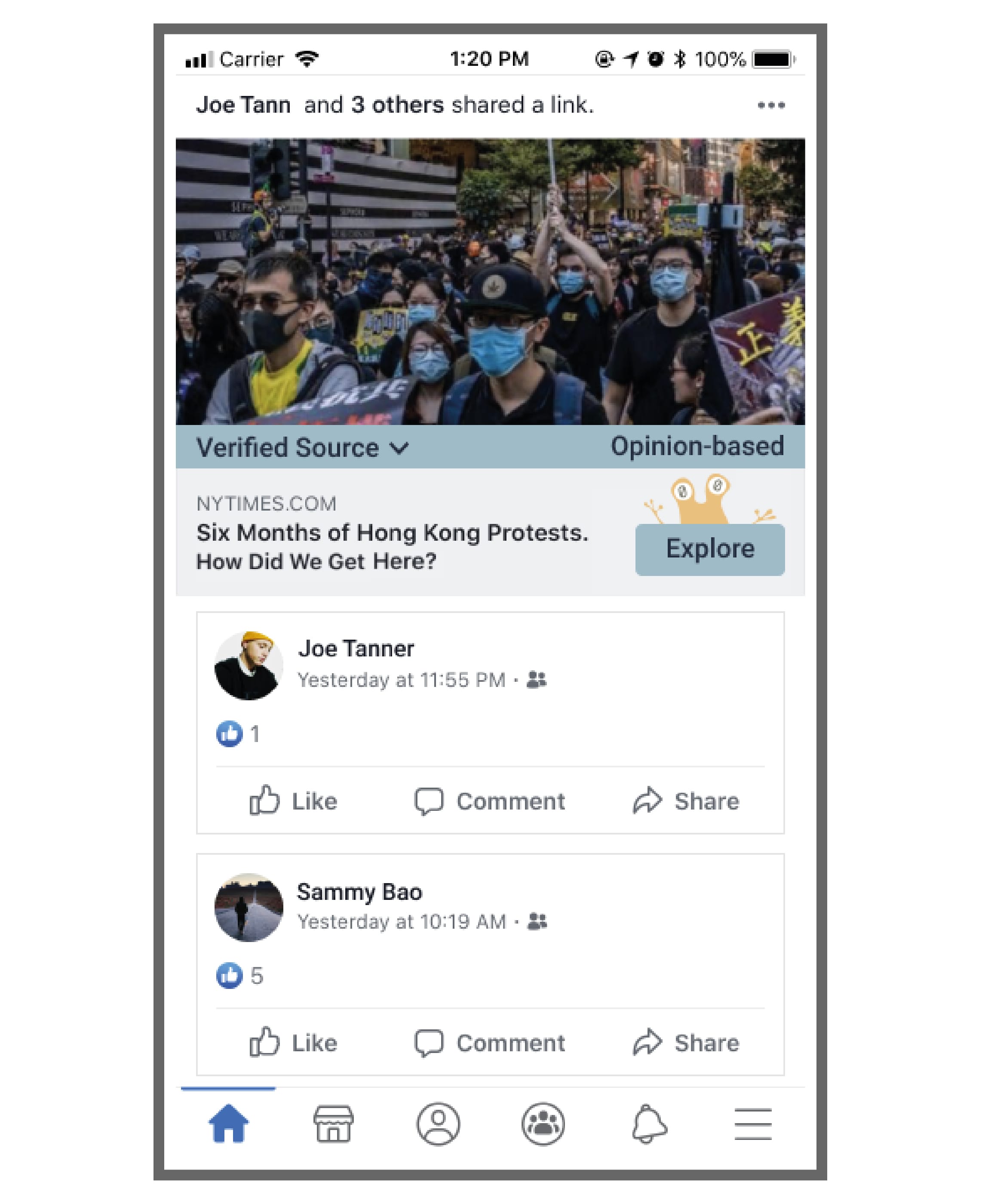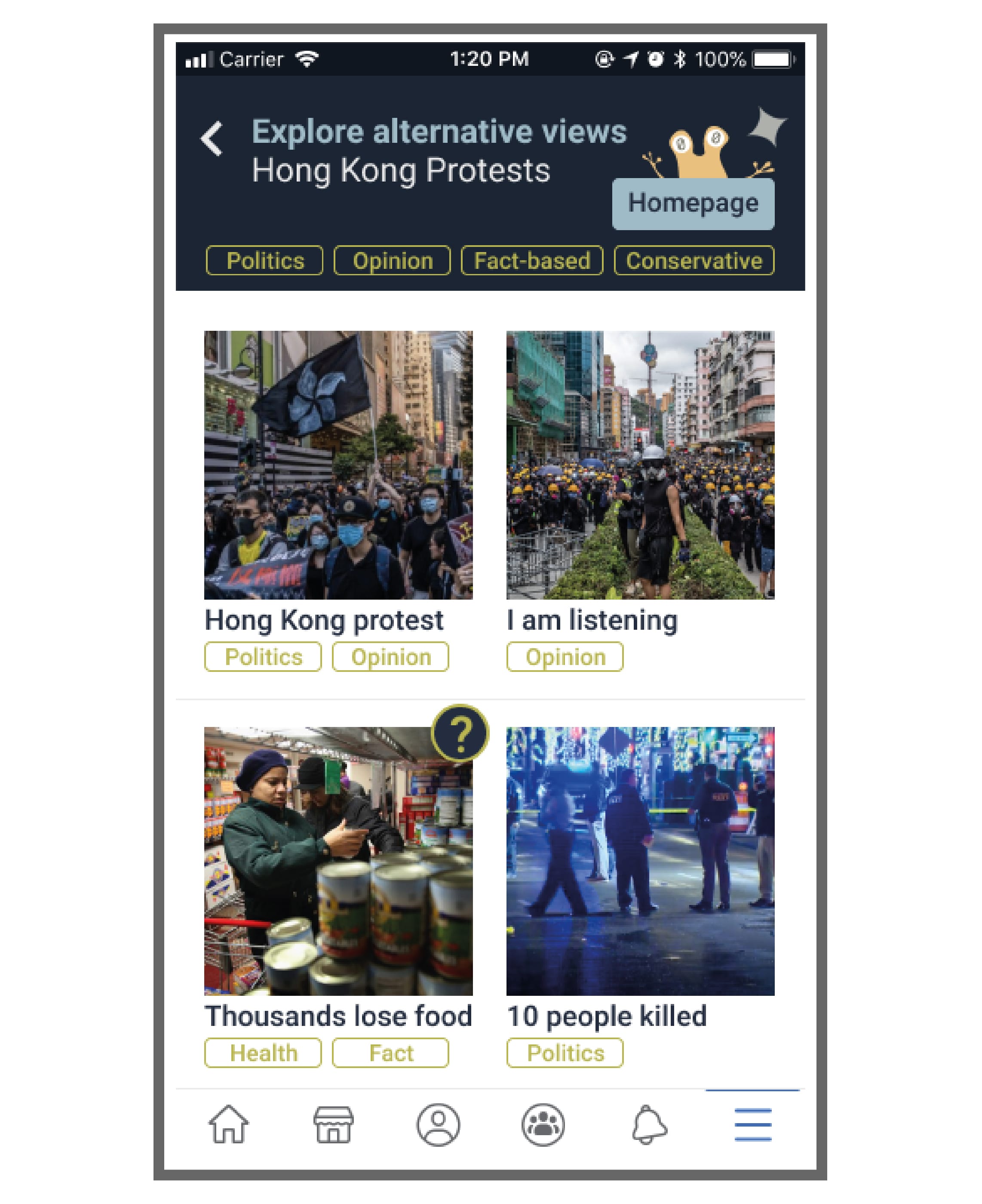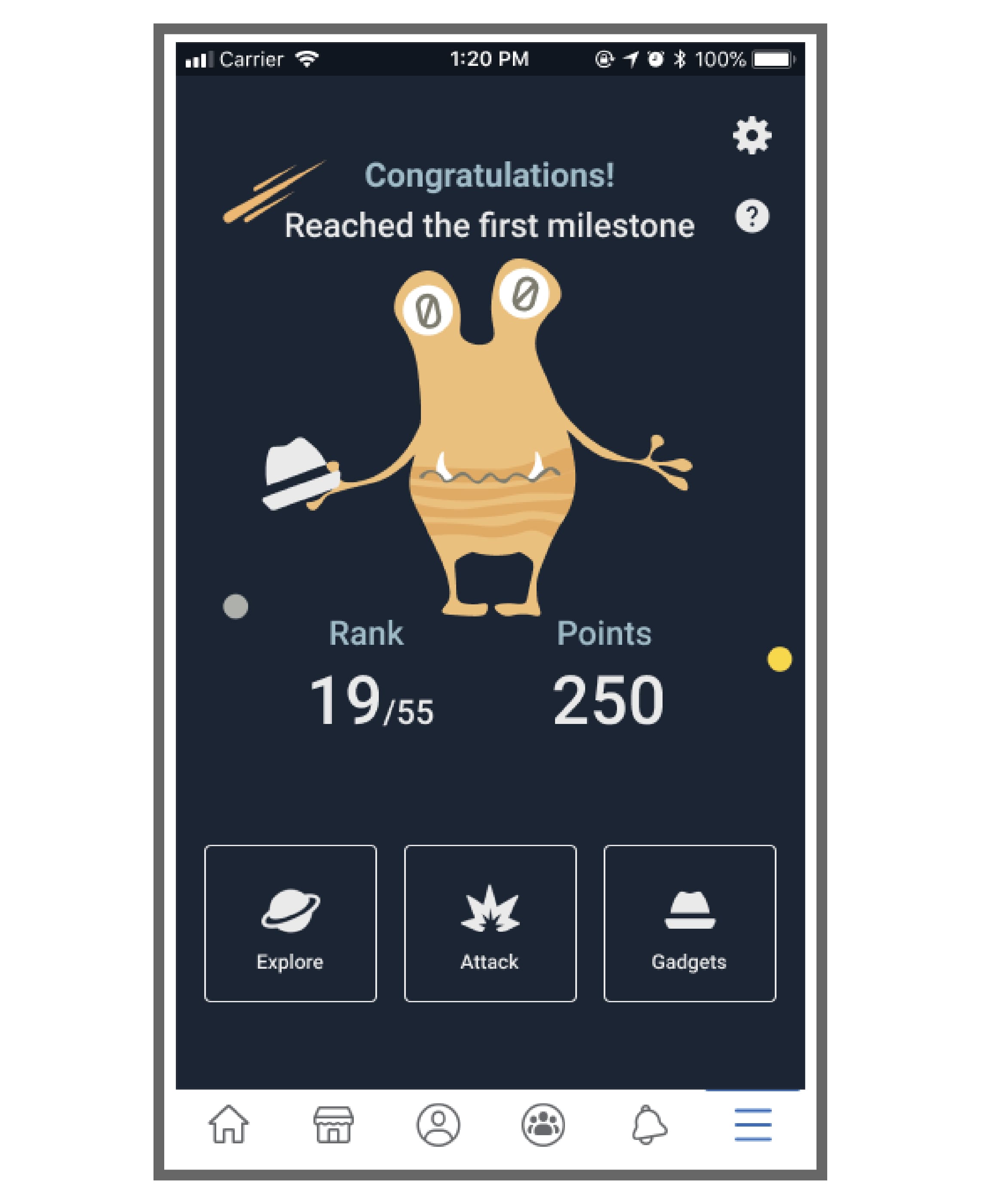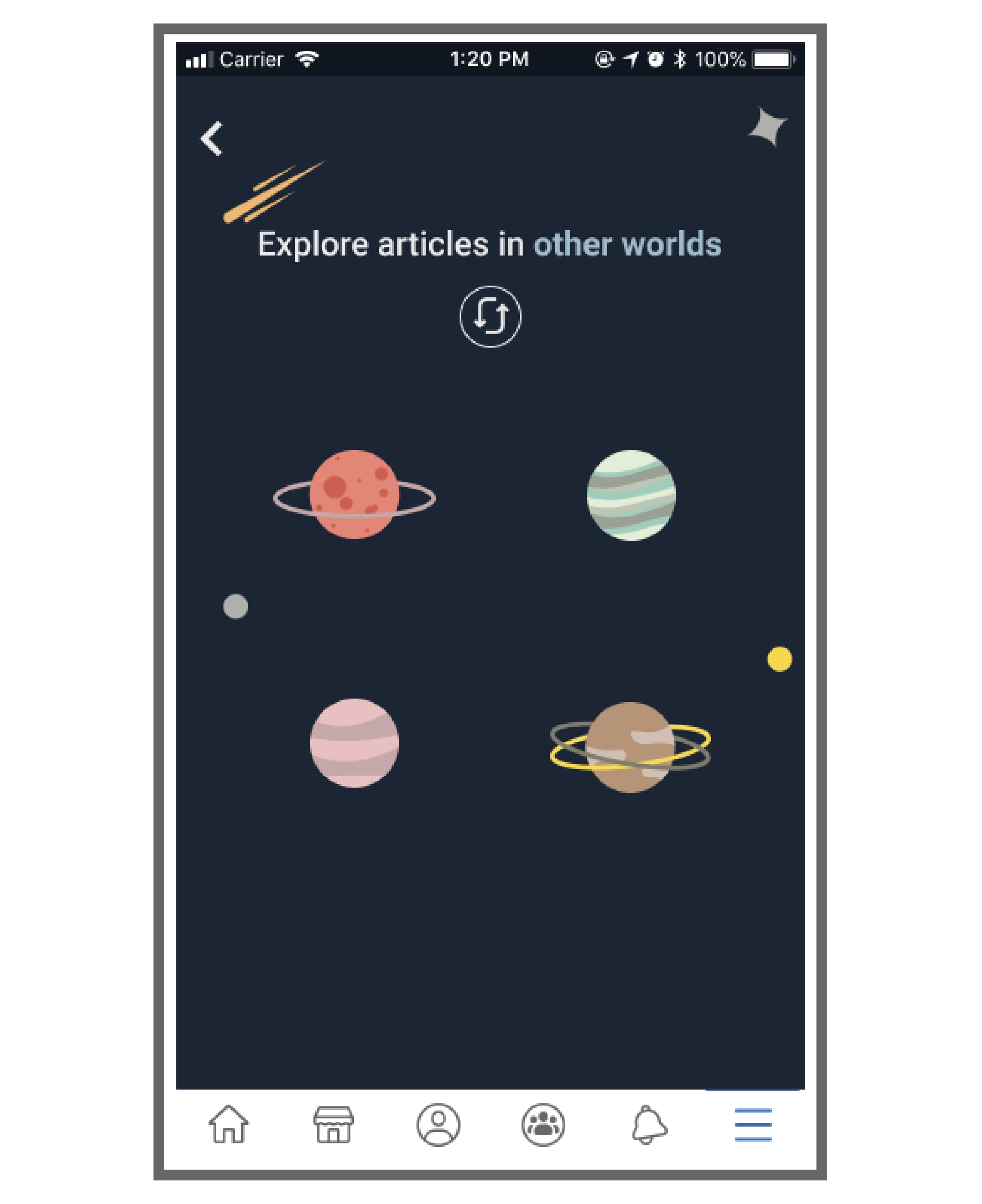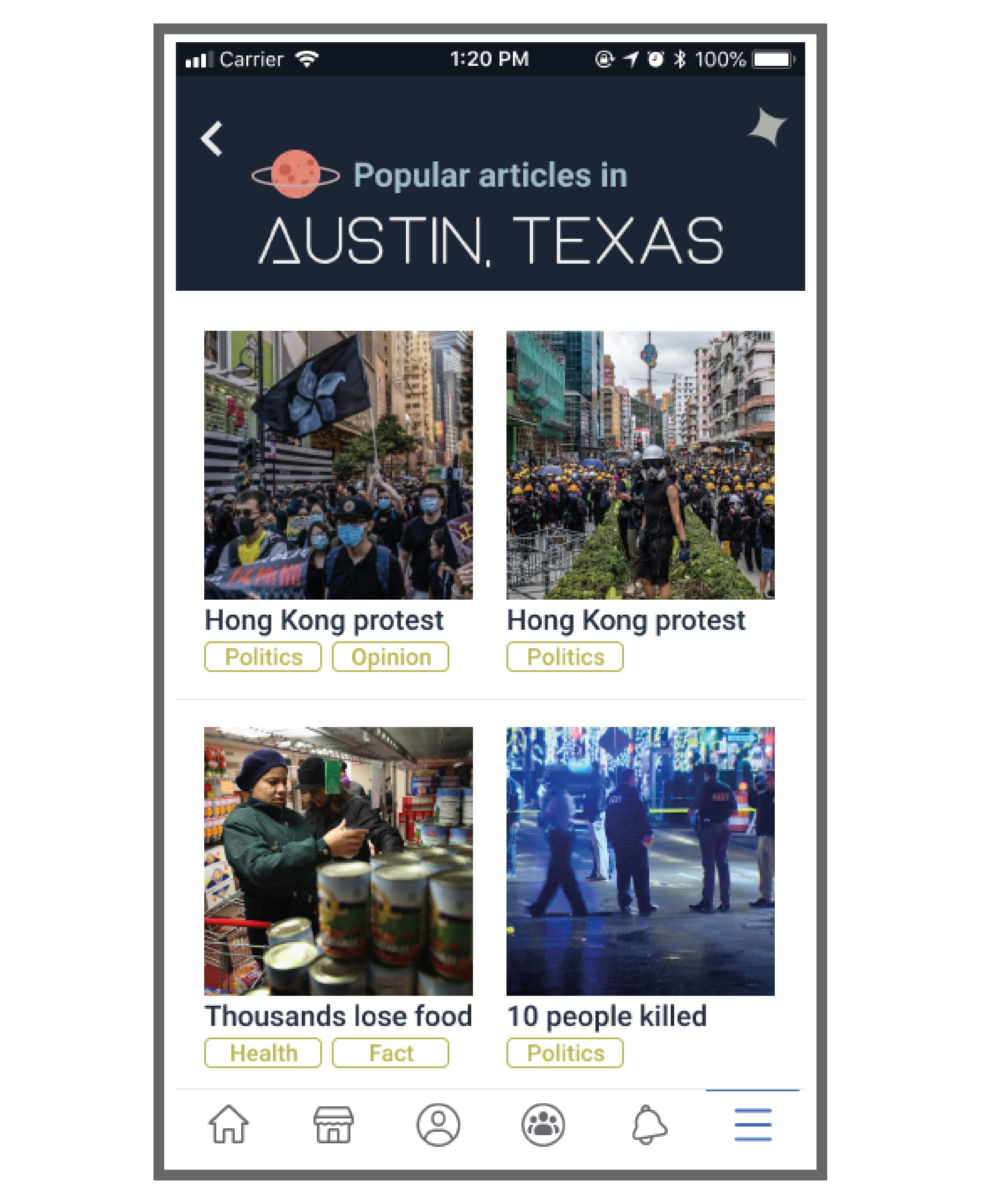Experience Design
Visual Design
Carnegie Mellon University
4 months (2019)
Aditi Magal, Angelina Thomas, Irene Yu, Jaclyn Saik, Jenni Lee, Maya Greenholt
Problem
Echo chambers in social media platforms are prevalent and cause confirmation bias.
Research
Reading 12 papers on persuasive techniques to understand how to counter cognitive bias.
User Testing
Testing paper and digital prototypes with users to see if it counters confirmation bias.
Solution
A plug in designed to counter echo chambers by using an engaging alien narrative.
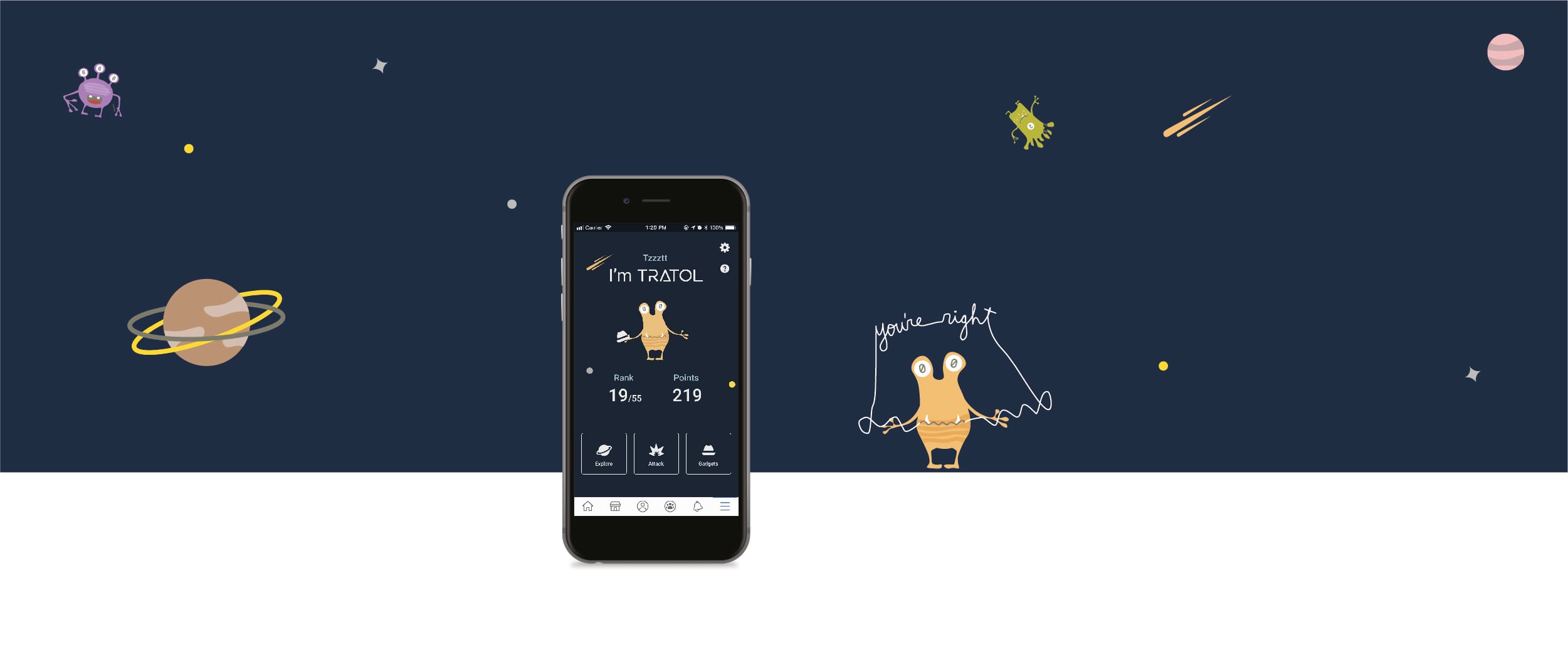
 Numino
Numino



